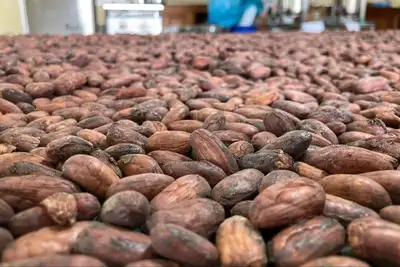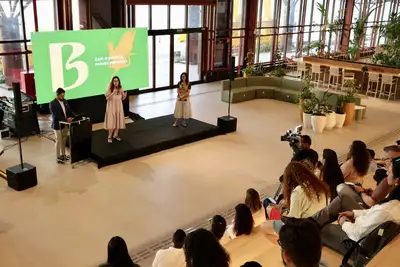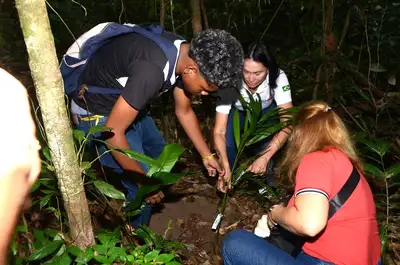State presents Fiscal Targets for the 1st four-month period of 2025 to Alepa
Report presented to Alepa shows increased revenue, control of public debt, and over R$ 1.5 billion invested in strategic areas in the State
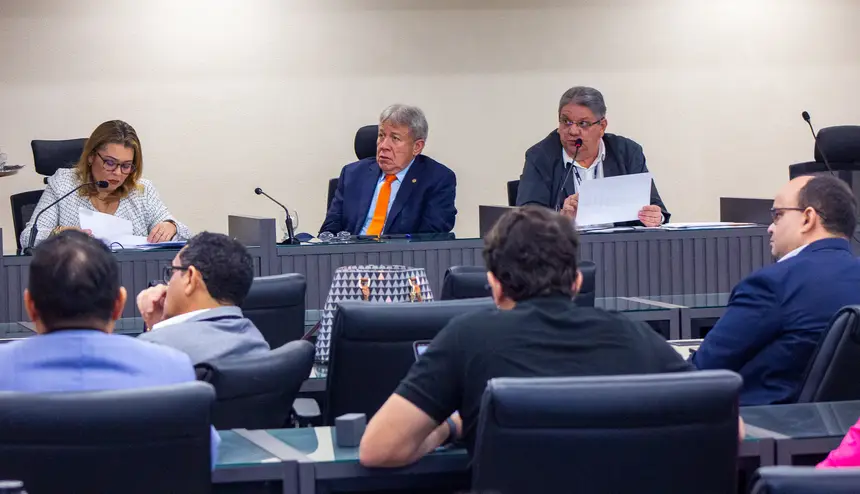
The Government of Pará, through the State Department of Finance (Sefa) and the Department of Planning and Administration (Seplad), presented to the Legislative Assembly of the State of Pará (Alepa), this Thursday (29), the report on fiscal targets for the 1st four-month period of 2025. The presentation complies with the provisions of the Fiscal Responsibility Law (LRF), which requires periodic disclosure of fiscal results, promoting transparency and social control over public management.
During the public hearing, technicians from both secretariats detailed indicators such as revenues, expenses, primary and nominal results, as well as compliance with legal limits regarding personnel and indebtedness, as required by the LRF.
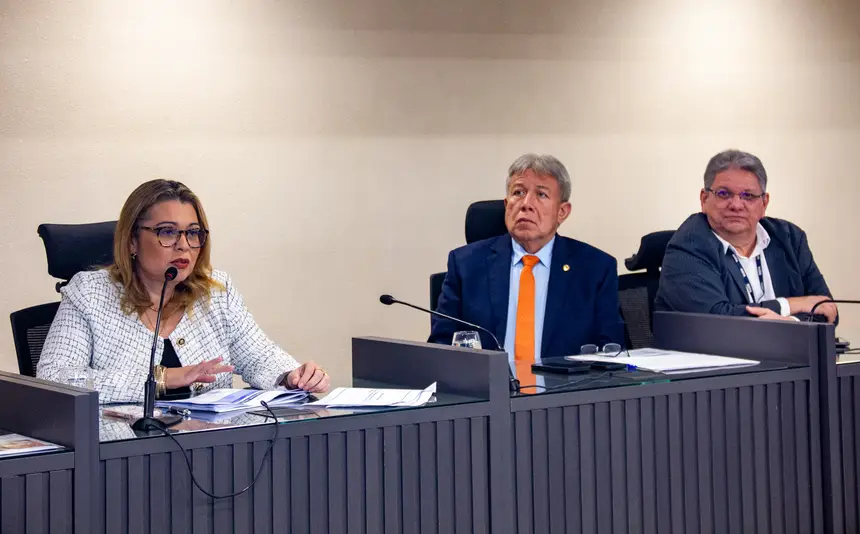
For Nazaré Nascimento, technical advisor of the Undersecretariat of Planning and Budget (Sapor), this moment is essential for analyzing the fiscal performance of the State.
"The purpose of this public hearing is to demonstrate and evaluate compliance with the fiscal targets for the first four-month period of 2025, as determined by the LRF. We presented expenses in key areas such as education, health, security, and infrastructure. In the case of health, for example, whose constitutional minimum limit is 12% of net tax revenue and transfers, we reached 14.37%, meaning that out of R$ 11.5 billion collected, R$ 1.6 billion was allocated to the area," she explained.
The technician also presented the investment percentages by area: education (7.47%), health (3%), security (2.59%), infrastructure (78.3%), and other areas (8.64%). “This high percentage in infrastructure is due to the large package of credit operations aimed at structural works that are being delivered and directly impact the lives of the people of Pará,” Nazaré added.
Over R$ 1.5 billion in strategic investments
Between January and April of this year, the Government of Pará invested over R$ 1.5 billion in priority areas. Of this total, R$ 126 million was applied in education; R$ 50.6 million in health; R$ 43.7 million in security; and R$ 1.3 billion in infrastructure, focusing on urban mobility, basic sanitation, and road improvements.

Revenues, surplus, and debt control
According to data presented by Sefa, the total revenue realized in the four-month period was R$ 19.849 billion, with R$ 10.251 billion coming from state taxes and R$ 6.938 billion from federal transfers. The ICMS stood out, with a collection of R$ 7.723 billion.
The total current revenue more than doubled in six years. It increased from R$ 25.523 billion, up to the third four-month period of 2018, to R$ 56.547 billion in the same period of 2024. Own revenue also grew, from R$ 16.466 billion in 2018 to R$ 37.129 billion in 2024.
Investments paid between January and April totaled R$ 1.838 billion, representing 13.53% of the Net Current Revenue (RCL). The primary result was positive, at R$ 349 million, with a Total Primary Revenue of R$ 13.867 billion against a Total Primary Expense of R$ 13.518 billion. The Consolidated Debt stood at R$ 9.260 billion, which corresponds to 22.46% of the RCL — well below the maximum allowed limit of 200%.
"Revenue, especially from the ICMS, continues to grow. Own revenue represents about 62% of the total, compared to 38% from transferred resources. This demonstrates the State's autonomy regarding its revenues. The fiscal targets were met, the primary surplus remains positive, and public debt is under control. Fiscal balance is guaranteed," highlighted Lourival Barbalho, deputy secretary of the Treasury of Sefa.

Main deliveries of the four-month period
Among the highlights of the period, the Government delivered:
Education: schools in Anapu, Barcarena, Bragança, Brasil Novo, Brejo Grande do Araguaia, Breu Branco, and Cachoeira do Arari; reconstruction of schools in Belém, such as Dr. Aldebaro Klautau and Dr. Aníbal Duarte; in addition to Ciseb and bilingual schools in Icoaraci; and daycare centers in Redenção, Almeirim, Cumaru do Norte, and Bagre.
Health: Public Women's Hospital in Belém; Polyclinic of Marabá; new Hemodynamics Center in Castanhal; improvements at Gaspar Vianna Hospital in Belém.
Citizenship: delivery of the Peace Factories in Castanhal, Marabá, and Abaetetuba; Cultural Station of Marabá; and land regularization programs and housing benefits.
Infrastructure: paving of highways such as PA-160, PA-112, and Transuruará; construction of a viaduct on BR-316, bridges over rivers, and macro-drainage works in the Tucunduba and Timbó Canal basins.
Security: new units of the Civil and Military Police in Belém, Benevides, Canaã dos Carajás, Alenquer, and Breu Branco; in addition to the restructuring of the River Grouping in the capital.
Positive evaluation
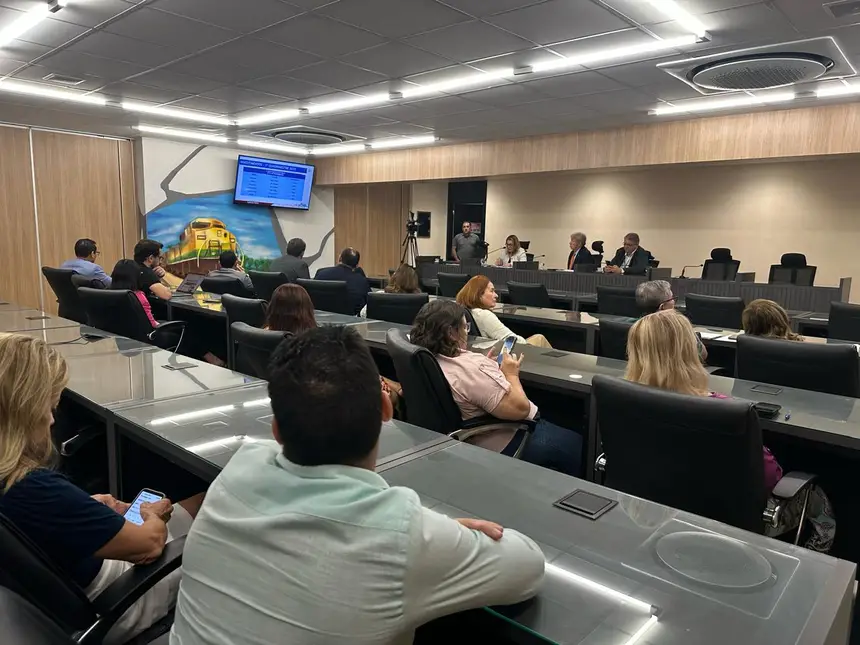
State Deputy Iran Lima, government leader in Alepa, highlighted that revenue is within expectations for the period. "The revenue forecast was met, with 31% of the total projected in the 2025 budget already realized in the first four-month period. Historically, this is the period of lowest revenue in the year, so reaching this percentage is already very positive," he assessed.
The hearing also included representatives from the Financial and Budget Oversight Committee of Alepa, reinforcing the importance of dialogue between the Executive and Legislative powers for democratic control and planning of public policies.
The State Government is expected to present a new report every four months, as required by the LRF, ensuring society and oversight bodies permanent monitoring of fiscal management, based on transparency and budgetary responsibility.
With information from Ana Marcia Pantoja (Sefa)



